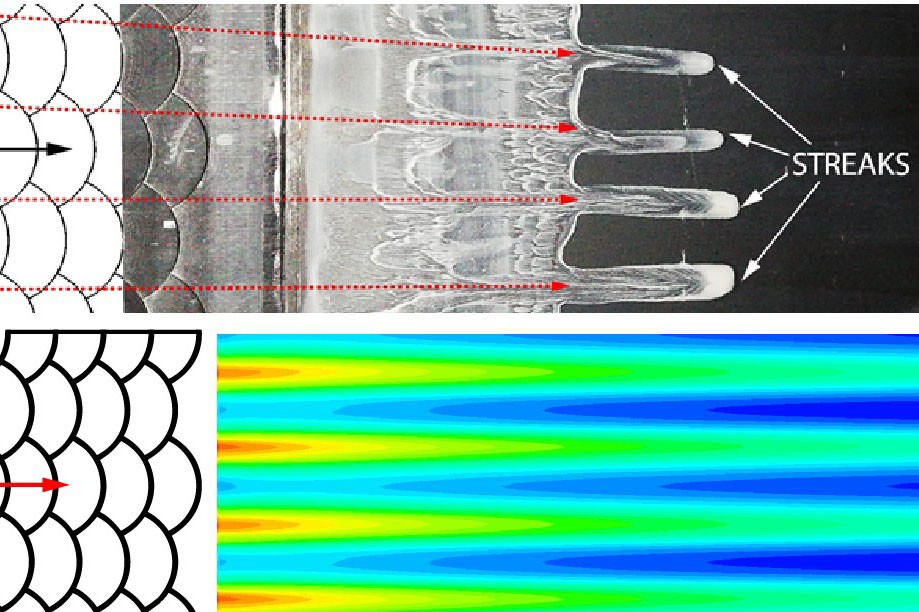Scientists in Europe researching aerodynamic forces have opened up some interesting new avenues of study inspired by fish scales. This new understanding of the flow patterns over the surface of the creature’s skin was used to create bio-inspired fish scale arrays for further investigation, which the team believes could lead to drag reductions in aerial vehicles of as much as 25 percent.
Scientists regularly turn to the animal kingdom in their efforts to improve the aerodynamic performance of aircraft. In the past, we’ve looked at how the complex movements of locust wings could inspire more efficient aerial vehicles, while a 2018 study investigating the scales of shark skin is another interesting example.
Similarly, the authors of the new study from the City, University of London and the University of Stuttgart found inspiration in the way scales help fish move smoothly through the water. Like sharks, these creatures rely on highly-evolved arrays of tiny scales to minimize drag as they swim, and by studying the surface topology of European sea bass and common carp, scientists have now uncovered some useful secrets.

The team’s investigations were carried out using digital microscopes and then computer modeling to geometrically reconstruct the intricate patterns. The scientists discovered that the overlapping areas on the surface of the fish leads to a zig-zagging motion of fluid as it flows over the top.
This in turn creates a “streaky flow” that neutralizes unstable oscillations which commonly lead to turbulence, called Tollmien–Schlichting waves. Ultimately, the scientists report that the zig-zag motion and streaky flow it produces reduces skin friction drag by more than 25 percent.
This effect was observed again in a bio-inspired fish scale array fixed to a plate, which was experimented with alongside a smooth plate inside a laminar water tunnel at the University of Stuttgart. If similar effects could be produced by applying these artificial fish scale arrays to aerodynamic surfaces, they could play an important role in the development of aerial vehicles that travel faster and use less fuel.
The team’s research was published in the journal Scientific Reports and in the Journal of Experimental Biology.
Source: City, University of London
Source of Article